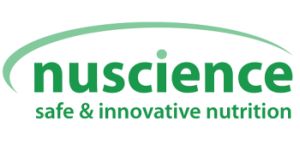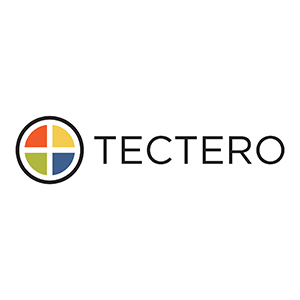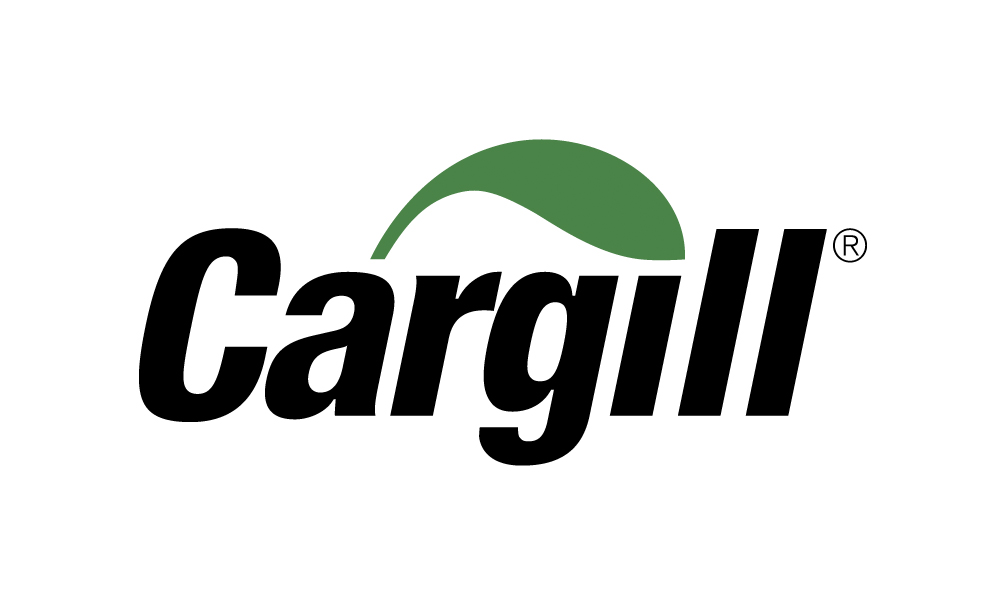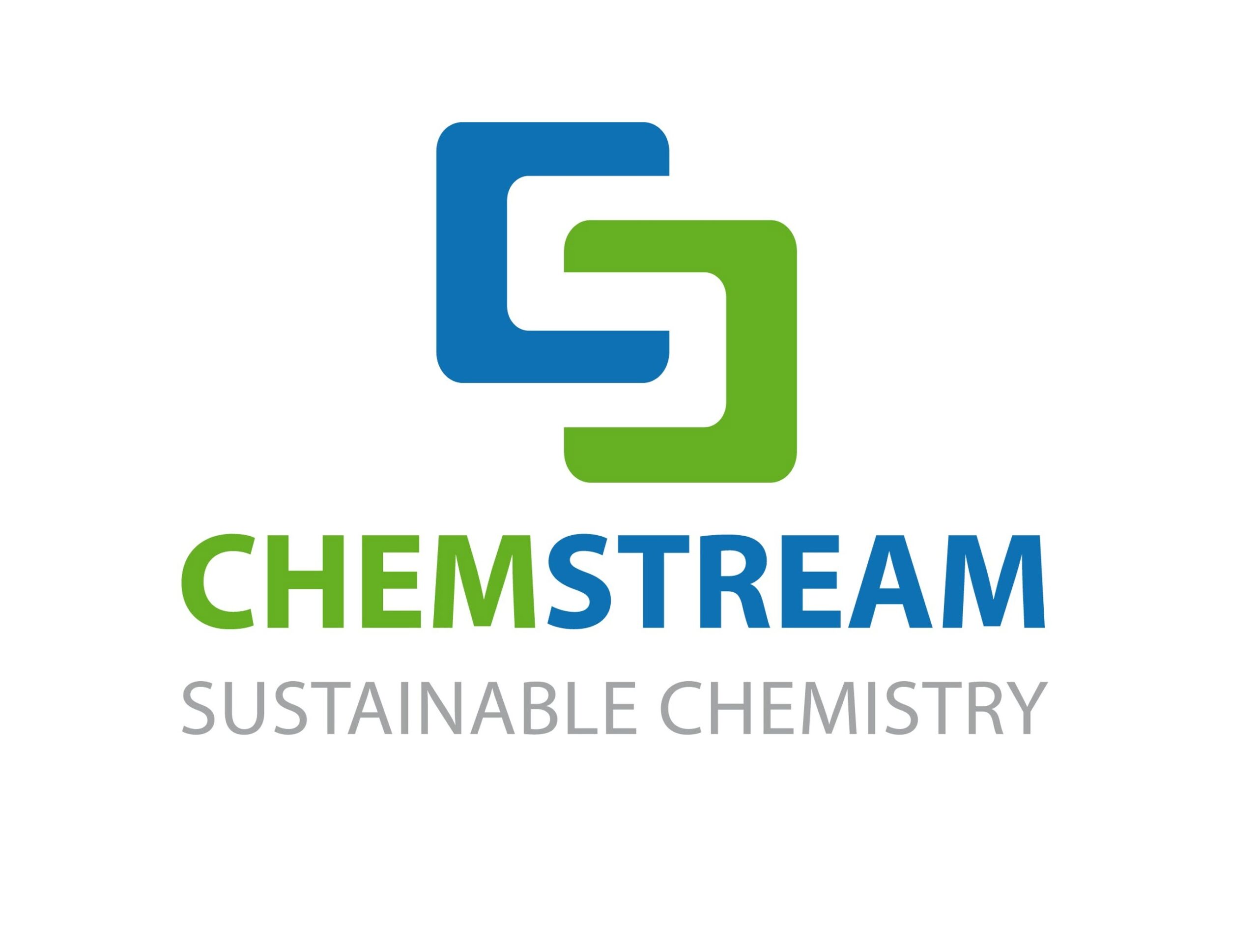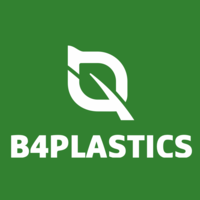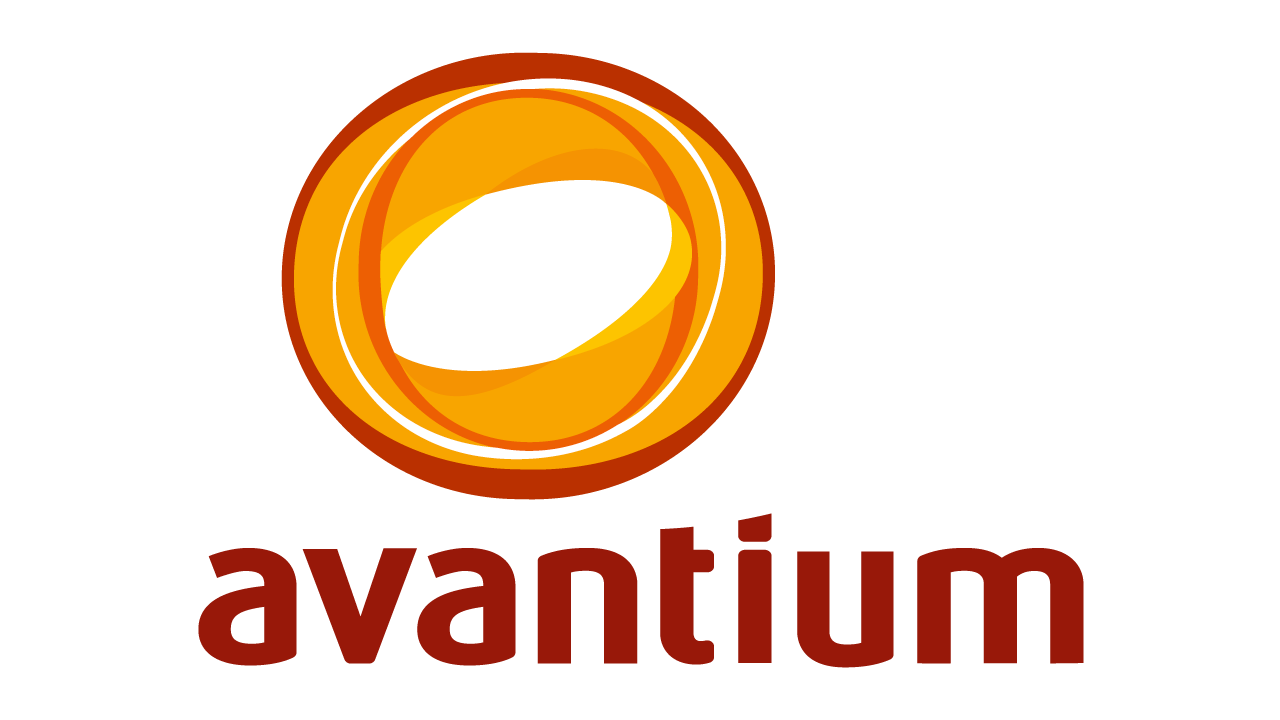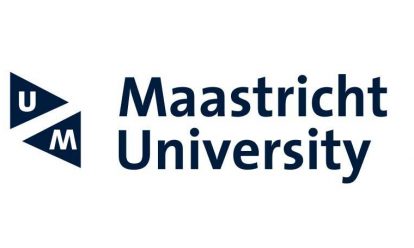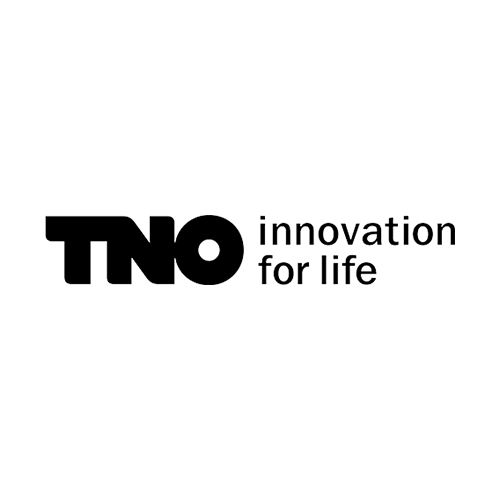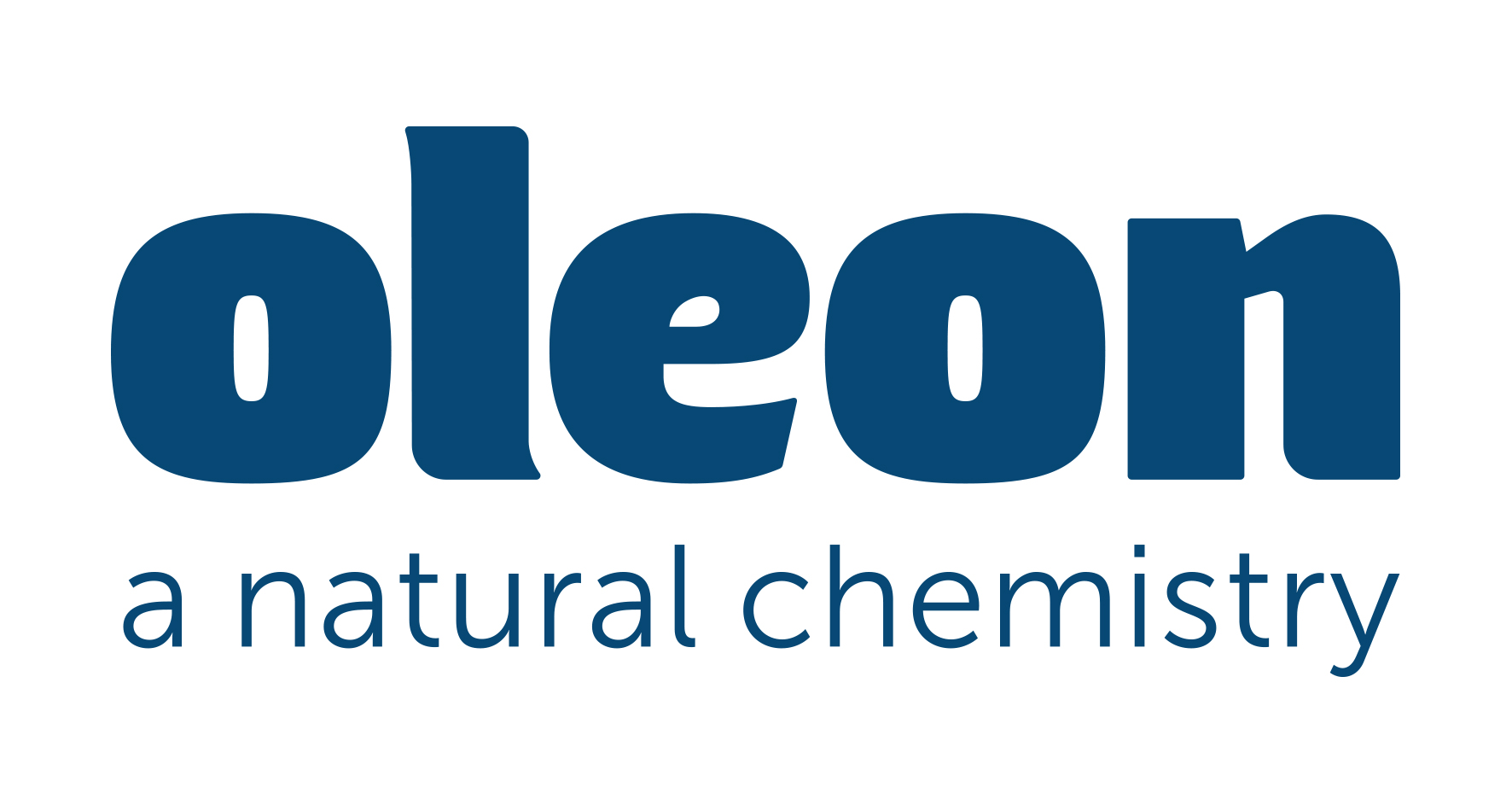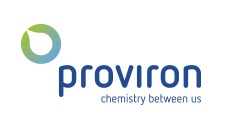Bio-Aromatics Feedstock and Technology Assessment
Due to lignin’s wide availability, its aromatic structure, as well as the variety of potential modifications offered by its chemical structure, many studies have shown that the real commercial opportunity offered by lignin lies in its valorization as a renewable feedstock of aromatics for the chemical industry. This renewed interest in lignin has stimulated research for the development of an economically viable lignin conversion route into high-added value bio-aromatics as phenol and phenol derivatives.
The intrinsic properties of lignin, the variability of the resource, heterogeneous and polydisperse molar masses and hype-branched structures have, until now, hindered technological and commercial developments. While technology for isolating lignin from biomass is no longer the main obstacle for effective valorization, extensive research is currently being undertaken globally to propose innovative concepts of biorefinery based on disruptive processing/purification technologies.
Goal
The BAFTA project seeks to initiate the first steps in closing the virtual “valley of death” between research and industrial scale, thereby focusing on the general aim of the transition towards a biobased chemical industry in Flanders using lignocellulosic feedstock. The target group of companies that will benefit from this project are found throughout the value chain of bio-aromatics (from paper, wood, and waste treatment companies as a primary/secondary source for feedstock, over producers of polymers or fine-chemicals based on phenolic compounds, to formulators in the area of adhesives, UV-stabilizers, dyes, inks, coatings).
The main goals of this project are fivefold. First, a technology mapping for the conversion of lignin and wood biomass into useful chemical building blocks will be done. Secondly, a feedstock overview will be worked out both quantitative and qualitative for three different types, being virgin wood, waste wood and lignin. Another goal is creating a clear overview of the IP landscape and freedom-to-operate for conversion technologies of lignin and wood biomass. This will lead to the selection of 2 most promising technologies per feedstock (lignin and wood) based on a decision support framework. A detailed analysis of the two selected technologies per feedstock and recommendations for future research and follow-up projects will be provided. The last goals is the sampling of 4 different technologies at kg-scale and characterization of obtained samples on both stability and reproducibility.
Press Publications
Lignin as feedstock for bioaromatics – NPT Magazine – 7 July 2020
Whitepaper Bio-aromatics
Towards a Sustainable Value Chain of Lignin-Based Bio-Aromatics in Flanders – 30 June 2022
Contact
Interested about the results and deliverables coming out of this project? Please contact catalyst Aron Deneyer (adeneyer@catalisti.be)
Project Details
| Project type: |
VIS |
| Approved on: |
05/12/2017 |
| Duration: |
01/01/2018 – 31/05/2019 |
| Total budget: |
€199.945 |
| Subsidy: |
€159.956 |
Project Partners

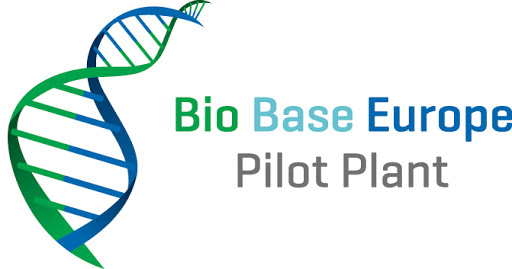

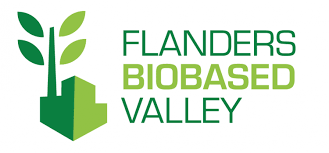

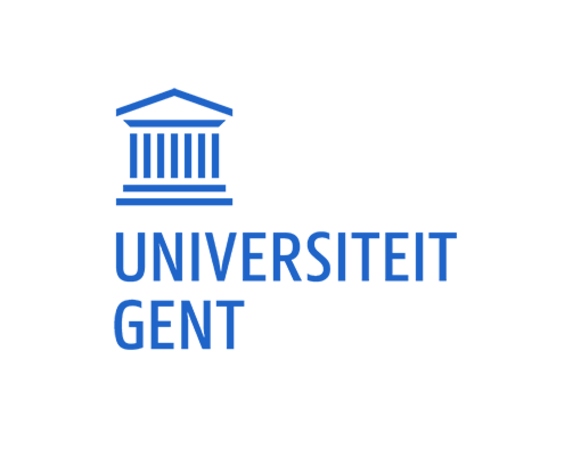


 The project has the ambition to strengthen the position of Flanders in terms of research into biobased processes and materials. The relevance of this project is further emphasized by an industrial advisory board eager to implement the results and create economic valorisation. Current members of the advisory board include: 3M, Allnex, Beaulieu, Cargill, Eastman, EOC, Galactic, GF Biochemicals, GlobalYeast, INEOS Styrolution, Proviron, Solvay, Tereos and Tiense Suiker.
The project has the ambition to strengthen the position of Flanders in terms of research into biobased processes and materials. The relevance of this project is further emphasized by an industrial advisory board eager to implement the results and create economic valorisation. Current members of the advisory board include: 3M, Allnex, Beaulieu, Cargill, Eastman, EOC, Galactic, GF Biochemicals, GlobalYeast, INEOS Styrolution, Proviron, Solvay, Tereos and Tiense Suiker.


